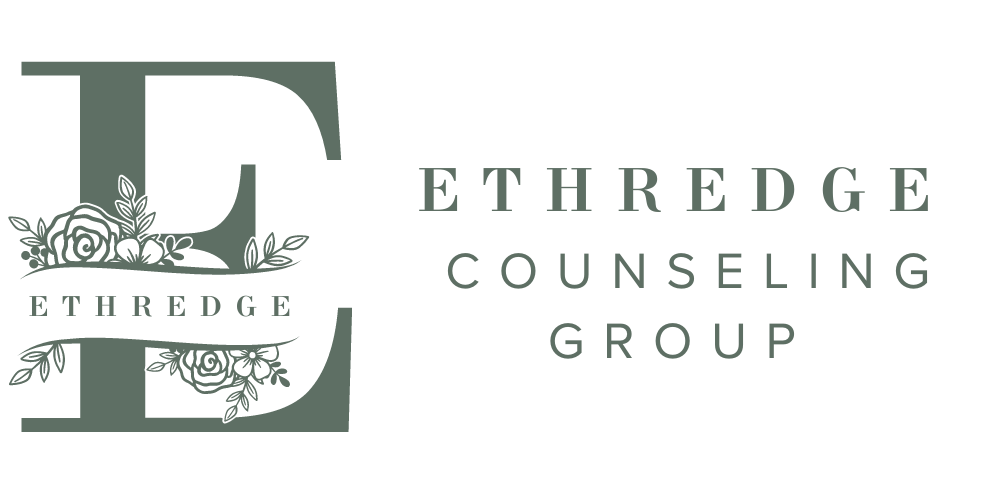E M D R
There is more to your current problem than you think!
Heal the root cause of the anxiety, panic attacks, or depression that you feel through EMDR.
What can EMDR help with?
EMDR has been around for decades and research shows it is effective with numerous issues, including some of the following:
PTSD, complex PTSD, or other unhealed childhood experiences
Anxiety and phobias
Anger and triggers
Those experiencing grief and loss
Low self-esteem and imposter syndrome
People with attachment wounds that show up in your current relationships
Depression and negative self-talk
Recovering from break-ups or divorce
Self-Confidence
Those feeling “stuck” in any current patterns and want to explore obstacles that may be hindering their potential
Your brain is designed to heal itself!
EMDR harness the adaptive abilities your brain already possesses.
When an experience overwhelms your capacity at the time, it is stored as an “unprocessed” memory that gets triggered in your current life.
Your current problems come from your unprocessed past experiences.
And your past holds the keys to unlocking a positive future.
What Happens In An EMDR Session?
The first few session will likely be you telling your story, sharing your current triggers and concerns you want to address, and building your emotions regulation tool box!
During phases 3-6, you’ll begin processing a target memory through bi-lateral stimulation (BLS). During these phases you will start by simply bringing the target memory to mind, but will let your brain process and go where it wants.
-
We’ll explore your history, noting any significant memories or unprocessed experiences that could be an underlying cause of your current dissress. We’ll create a game plan for moving forward with processing those memories.
-
You will learn grounding exercises and other tools you’ll use in upcoming phases and in-between sessions.
-
The one of the shortest phases of EMDR, this phase is simply a series of 7 questions used to help you connect with the target memory before processing, using BLS (bi-lateral stimulation).
-
Using BLS (bi-lateral stimulation) such as eye-movement, tapping, or buzzing “paddles”, you’ll start with a target memory and allow your brain to process in the safety of our office. (note, no hypnosis is involved!)
-
Using bi-lateral stimulation, you will allow your brain to process the new positive cognition. For example, instead of “I am a failure”, you may feel something new is true, such as “I did my best” or “I am worthy as I am.”
-
You’ll check in with your physical body sensations and process any residual disturbance still left over from the previous phases. You may process until you feel completely grounded and at peace.
-
A brief phase used after the reprocessing phases (4-6). Closure is a time of grounded and reflecting on the reprocessing experience.
-
You’ll review your expiernece since the previous session, talk through any positive or negative changes you’ve notices, process any deams or insights you may have had between session, etc. At the point, you may choose your next target memory for reprocessing.
It’s like your brain is driving the train and we are along for the ride, noticing what you might feel, sense, think, believe, or remember (but in the safety of the therapy room.) This gives your brain the chance to rewire and reprocess memories that may have gotten stuck or were never fully processed, resulting in negative beliefs or current day triggers.
Phases 7 and 8 are simply about reflecting and integrating your experience, any new insights, positive changes and beliefs, etc.
Phases may not happen linearly. You will often return to Phases 1 & 2, or any other phases that may be helpful in the moment. This is to be expected and ensures the best outcomes.
Note:
EMDR is NOT the same thing as hypnosis. You will not be hypnotized at any time during your treatment.

“The worst part of holding the memories is not the pain. It’s the loneliness of it. Memories need to be shared.”
— Lois Lowry
How Does It Actually Work? And Is It Based On Science?
Eye Movement Disensitation & Reprossessiong (EMDR) is a therapy technique used to preprocess unresolved or unprocessed negative experiences. This reprocessing is different than typical talk therapy, as it’s paired with bi-lateral stimulation through eye movement.
While there have been countless studies done on how and why EMDR works since is development in the 1980s by Dr. Francine Shapiro, scientists still do not fully understand all the intricacies of how EMDR works, despite its undeniable results! Researchers do know that the bi-lateral stimulation helps re-encode memories (similar to eye movement in REM sleep), helps the two hemispheres of the brain work in tandem, assists in regulating the nervous system, among other things.
EMDR is one of the most effective forms of treatment for trauma. One study showed it was not only more effective than Prozac, but once treatment was complete, clients continued to be asymptomatic, unlike those who’d taken Prozac!





